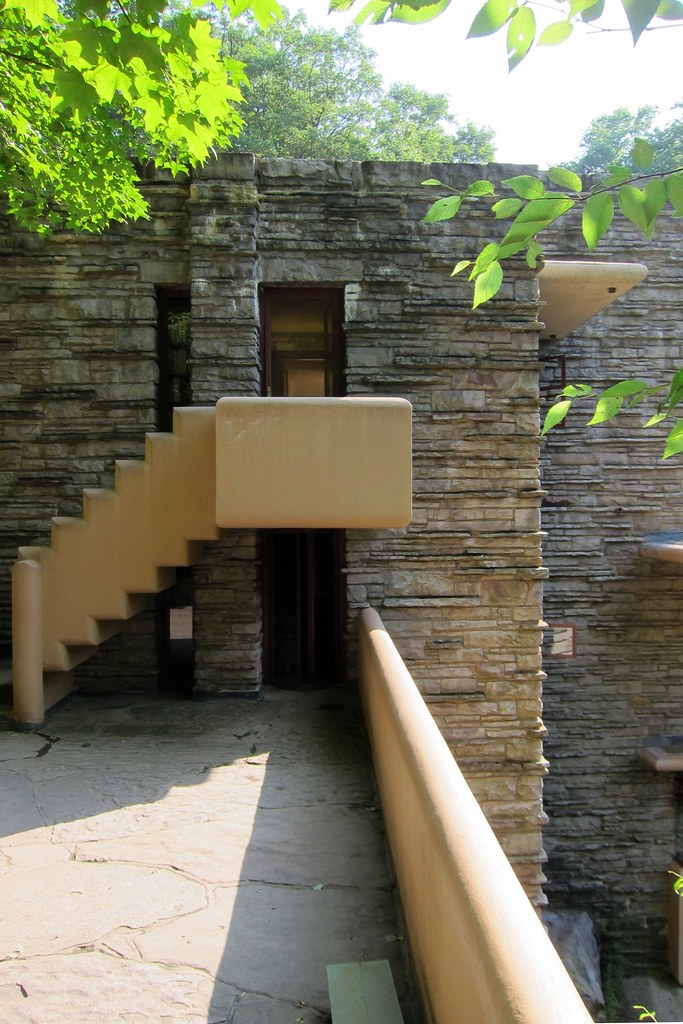


*The timebase settings are for your frames per second, and these can be changed depending on how you want the footage to look.
#Pro video formats adobe pro
While this chart is a great shorthand for some of the most commonly used sequence settings, it’s important to remember that as you get more advanced in your editing you will find more opportunities to use the other settings Premiere Pro has available. If you regularly work on projects for social media sharing, you will likely need to use the same settings each time. A great shorthand to understanding sequence settings is to look at the most common uses for the content you create. The sequence settings you choose will most likely be dictated by the output you want to achieve. You might also need to use specific settings depending on the camera used and the frame rate of your footage. For example, you might need the final clip to be square for sharing on Instagram, or horizontal for Facebook. What you choose will often depend on the format you wish to export your project in. You’re probably familiar with terms such as 1080p, 720p, and 16:9 or 1:1, these are all various project settings you might need to use.īefore you begin editing, you will need to define your sequence settings. How you set this up will dictate several things about how your final piece looks, the most obvious being the size and aspect ratio of the video. The editing sequence is the area where video clips are arranged and built into your story. Part 1: What is a Sequence in Premiere Pro?


 0 kommentar(er)
0 kommentar(er)
